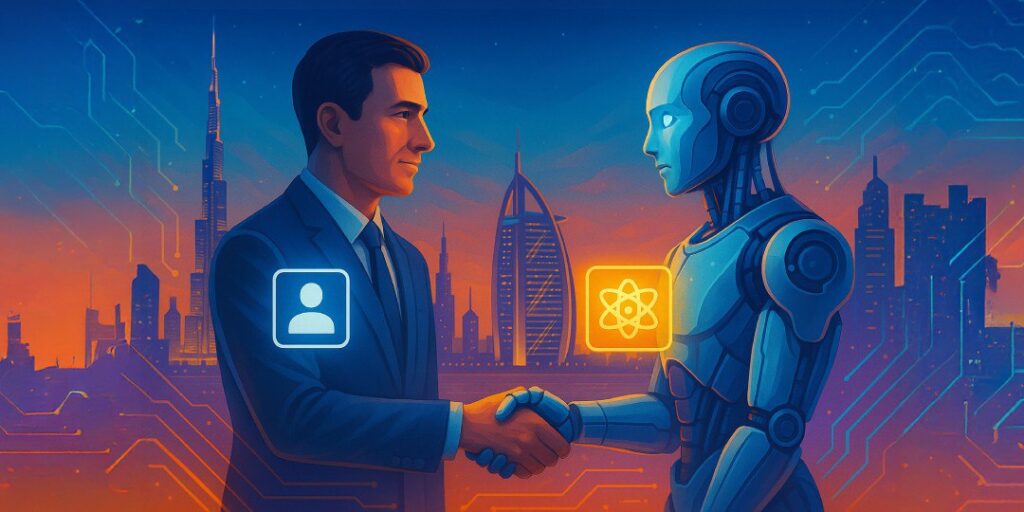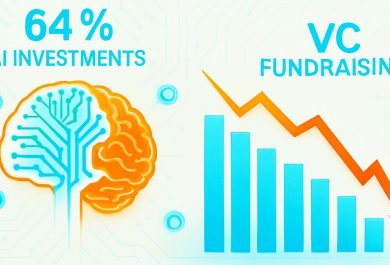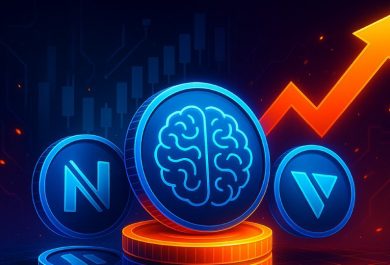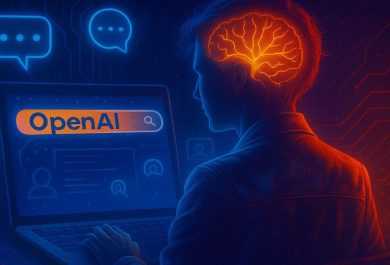Dubai is charging its way in the AI sector with another impactful movement: ‘Human–Machine Collaboration Icons’ (HMC), to identify whether what we read is AI or human content. This is a debut milestone for Dubai, making it the first to launch such a powerful system. In an X post, Sheikh Hamdan bin Mohammed bin Rashid Al Maktoum, Crown Prince of Dubai, wrote that Human-Machine Collaboration Icon is a “classification system that brings transparency to how research, publications, and content are created.”
Today, we launch the world’s first Human–Machine Collaboration Icons: a classification system that brings transparency to how research, publications, and content are created. Developed by @DubaiFuture, the icons reflect Dubai’s commitment to open, responsible, and future-ready… pic.twitter.com/LUiTMy2VMC
— Hamdan bin Mohammed (@HamdanMohammed) July 16, 2025
A clear line to provide transparency in research
Developed by Dubai Future Foundation, the collaboration icons provide a “clear standard where the lines between types of intelligence blur.” This means the new system clearly marks what part of the content is AI-driven and what belongs to humans with obvious icons.
With the novel project launch, Dubai Future Foundation invites researchers, writers, publishers, and all content creators to embrace the system for providing more transparency and credibility over content.
The HMC system specifically intends to focus on research and publications, meaning it can be used for intellectual and creative work carried out during the research process, content creation, publication design, and related outputs. Academic papers, reports, research articles, data visualization, books, visual content, art, technical documentation, etc, come under the classification.
Although the icons do not show the exact percentage of contributions from humans and AI, they allow content creators and researchers to be more transparent when using AI.
Visual representation of how HMC works in research and publications (Source: Dubai Future Foundation)
The HMC system shows five different icons, and that’s how the name Human Machine Collaboration Icons is derived. As shown in the image above, out of five icons, the upward arrow indicates that the content is human-made, and the downward arrow denotes the AI-driven content. The remaining icons read human role as ‘leader’ and machine role as ‘oversight’, and human role and machine role as ‘collaborators’. Each of these icons represents how well a specific content is generated by AI and human beings.
Besides this icon system, HMC also covers nine functional icons, indicating the common stages where human-machine collaboration happens. This section includes ideation, literature review, data collection, writing, data interpretation, data analysis, translation, visuals, and design.
The fresh wave of AI technology in the UAE is making it more competitive as the growing adoption of AI increases. Last year, Dubai Roads and Transport Authority (RTA) partnered with Joby Aviation to operate air taxi services in the emirate. RTA’s AI Strategy 20230 itself speaks a lot about the country’s passion for adopting new technology. The AI Strategy spreads 81 projects across mobility, licensing, traffic management, and more.










